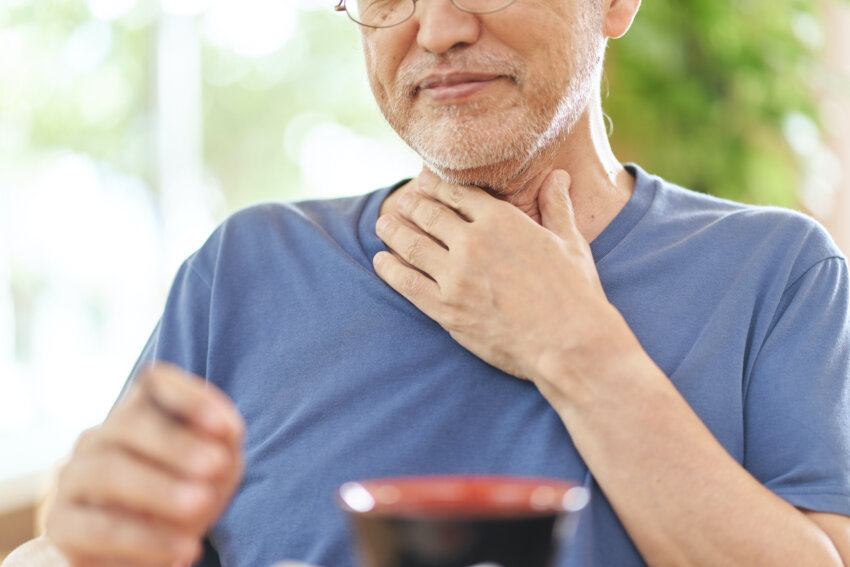Swallowing difficulties, or dysphagia, affect up to 80% of people with Parkinson’s disease and can lead to serious complications, including malnutrition, aspiration and reduced quality of life.

With a new $1.9 million grant from the United States Department of Defense, Giselle Carnaby, MPH, PhD, professor in the Department of Health Sciences and Communication Sciences and Disorders at The University of Texas at San Antonio’s Health Science Center will lead a phase 2, multisite clinical trial to test a novel treatment program designed to strengthen and retrain swallowing function in people with early Parkinson’s.
“This study represents an important step forward for people who struggle with swallowing disorders,” Carnaby said. “We know these problems have a profound effect on health and independence, yet treatment options remain limited.”
How does Parkinson’s disease affect swallowing?
Parkinson’s disease is a neurodegenerative disorder caused by the breakdown of dopamine-producing neurons in the brain that primarily affects movement. There is no cure for this disease, and treatments are limited. Along with tremors and muscle stiffness, many patients experience difficulties with the motor control of their mouth and throat muscles, which affects their ability to swallow food and liquids.
Swallowing is one of the most complex tasks the human body performs, involving nearly 30 muscles and a network of brain regions. In Parkinson’s disease, the same neurodegenerative changes that impair walking and speech also disrupt swallowing-related brain pathways, weakening their ability to send clear signals to the muscles involved.
“It’s like the brain’s radio is slightly off the station. You can still hear the signal, but it doesn’t always get through clearly. Sometimes it comes in loud and clear; other times it’s fuzzy. The result is that the messages to the muscles can become haphazard, which can disrupt the timing and coordination of swallowing,” Carnaby said.
This communication breakdown can cause food or liquid to move more slowly, get held up or even enter the airway — called aspiration — which can lead to persistent coughing and lung infections. By targeting these brain–muscle connections with structured swallowing therapy, Carnaby and her team aim to retrain and bolster the physiological processes to support safe, effective swallowing.
Pilot study showed promising results
Carnaby and her research team recently completed a pilot study that tested an intensive swallowing exercise program in a small group of Parkinson’s patients. Participants practiced targeted swallowing tasks with therapist supervision, emphasizing both strength and muscle coordination.
The results were encouraging. Participants who completed the program showed improvements in swallowing, along with increased confidence in eating and fewer choking and coughing episodes.
“Even though Parkinson’s is progressive, what we found in the pilot was that patients could make real, meaningful gains,” Carnaby said. “That gave us the validation to pursue a larger, controlled trial.”
New Department of Defense study
The newly funded, three-year project will expand on this early work with a randomized, double-blind clinical trial enrolling about 80 participants who are between the ages of 30 and 90, diagnosed with Parkinson’s disease and are active-duty U.S. service members, veterans or direct relatives of service members. The study will compare outcomes between individuals receiving the proactive swallowing intervention, called “SwallowFIT,” and those undergoing usual care.
The primary recruitment site will be Brooke Army Medical Center, which has a movement disorders clinic with specialized neurologists and neurophysiologists involved in the project. For this study, swallow treatment will be conducted at the university’s Health Science Center, which will also serve as a data repository.
In addition to Carnaby, the study team includes Jonathan Gelfond, MD, PhD, associate professor and chief of biostatistics in the Department of Population Health Sciences within the Long School of Medicine, as well as Lt. Col. Alexis Nelson, MD, and Maj. Jessie Jacobson, DO, who are both neurologists at Brooke Army Medical Center.
The research team will track improvements in swallowing along with longer-term outcomes at three and six months. These include swallowing clinical metrics, aspiration rates , nutritional status and hospitalizations. Advanced imaging and physiological measures will be used to better understand how the therapy alters swallowing efficiency and biomechanics.
While not directly part of the study, the control group will be offered the chance to receive the treatment following the study.
“After the pilot study, the effects were so strong that the research team felt it wouldn’t be responsible or ethical to restrict the treatment to only half of the patients. So, it will be available to [the control group participants] if they want it,” Carnaby said.
What does the program entail?
The program is built on the principles of neuroplasticity, which is the brain’s ability to adapt and reorganize connections and processes. Study participants will complete structured swallowing exercises twice a week, focusing on strengthening muscles of the mouth, tongue and throat, combined with coordination drills to improve timing and control of the swallowing process.
Sessions will continue for six weeks with trained speech-language pathologists at the university. In addition to in-clinic therapy, participants are encouraged to perform daily guided exercises at home.
“The exercises may look simple, but they’re designed to push the system in very specific ways,” Carnaby said. “We’re trying to recalibrate motor pathways so that swallowing becomes safer and more efficient.”
How could this help people with Parkinson’s?
By improving swallowing, the intervention has the potential to directly reduce the risk of negative swallowing consequences such as aspiration, which is the leading cause of death in people with Parkinson’s. It may also help patients maintain adequate nutrition and hydration, supporting overall health and quality of life.
Equally important, Carnaby said, are the psychological and social benefits.
“Being able to share a meal with family without fear of coughing and choking is incredibly powerful,” she said. “We hope this therapy will give patients more confidence and independence in their daily lives.”
Future research and goals
If successful, the trial could lay the groundwork for widespread adoption of proactive swallowing intervention as a standard component of early Parkinson’s care. Carnaby envisions future studies that refine and personalize this therapy, possibly combining the swallowing exercises with medications or neuromodulation approaches to further enhance outcomes.
“There’s a need for therapies that go beyond symptom management alone to address the mechanisms of functional decline,” she said. “Our goal is to slow or even prevent some of the most debilitating complications of Parkinson’s disease.”
As the fastest-growing neurodegenerative disease, the findings from this study could have direct implications for nearly 1 million Americans affected by Parkinson’s.
“This is about giving patients more time and a better quality of life,” Carnaby said. “That’s what drives our work every day.”
_____________________________________________________________________________
Learn about other projects going on in Carnaby’s Swallowing and Upper Aerodigestive Functions Lab: https://labs.uthscsa.edu/saul/research/
Related stories:
School of Health Professions professor aims to elevate and expand dysphagia research in South Texas
Restoring hope for people with swallowing disorders
Hard to swallow: Helping dysphagia patients find hope and function


